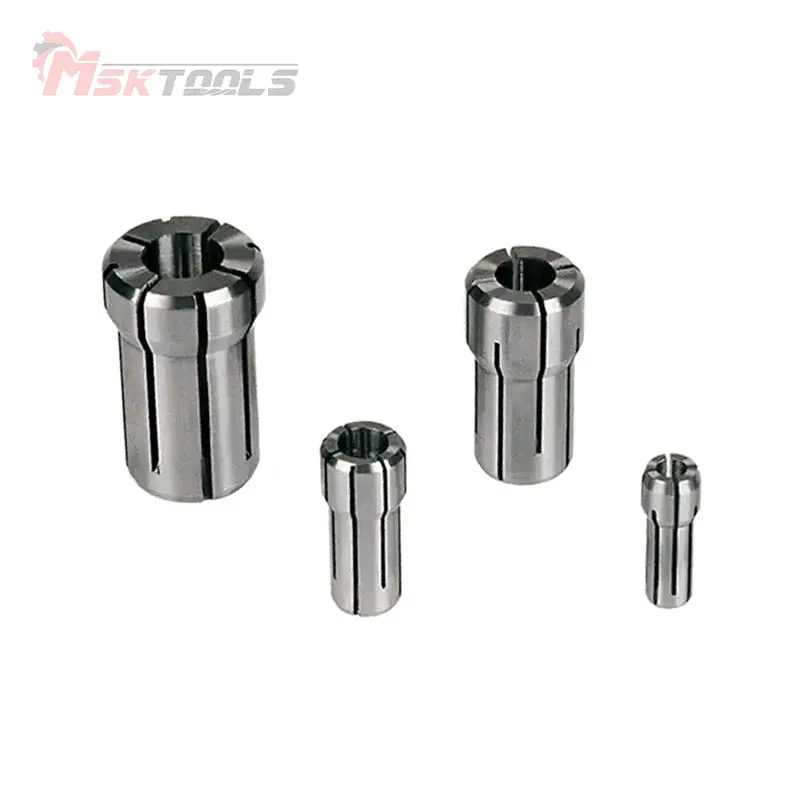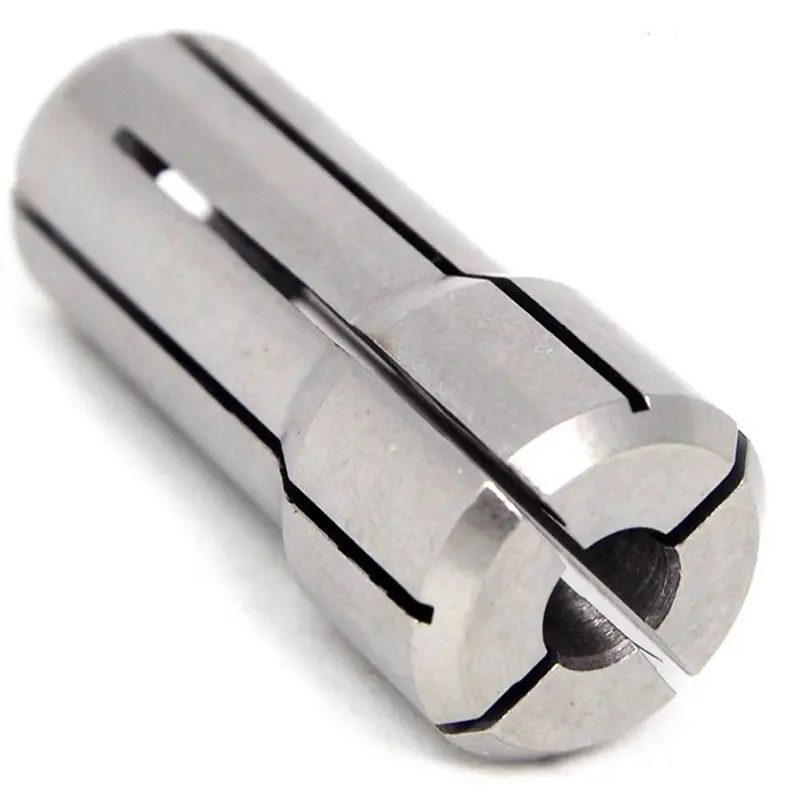When it comes to precision machining, milling machines are one of the most versatile tools in a machinist’s arsenal. Among the various components that make up a milling machine’s functionality, chucks play a vital role in ensuring precision and efficiency. In this blog, we will explore what chucks are, their types, and their importance in milling operations.
What is a chuck?
A collet is a specialized clamping device used to hold a tool or workpiece securely in place during a machining operation. Unlike conventional collets, which clamp the tool from the outside, collets provide a more even clamp by applying pressure evenly around the circumference of the tool. This design minimizes runout, which is when the tool rotation deviates from its intended path, thereby improving accuracy.
Chuck Type
Collets come in a variety of shapes and sizes, each designed for a specific purpose. Here are some of the most common types of collets used in milling machines:
1. ER Collet: ER collets are one of the most popular types of collets, known for their versatility and availability in a variety of sizes. They can accommodate a wide range of tool diameters and are suitable for milling and drilling operations. The ER collet system allows for quick tool changes, making it a favorite among machinists.
2. TG Collets: These collets are designed for high-speed applications and offer excellent holding power. TG collets are commonly used in CNC milling machines where precision and speed are critical.
3. DA Collets: DA collets are known for their ability to hold a tool at an angle, making them ideal for specific milling applications. They are often used in situations where the tool needs to be positioned at a non-standard angle.
4. 5C Collets: These collets are usually used on lathes, but can also be adapted for milling machines. They have a strong grip and are suitable for clamping round, square or hexagonal workpieces.
The Importance of Collets in Milling Operations
The choice of chuck can significantly affect the performance of your milling machine. Here are some reasons why chucks are essential:
1. Precision: The main advantage of using collets is their ability to clamp tools with minimal run-out. This precision is critical to achieving tight tolerances in machining operations, especially in industries such as aerospace and automotive.
2. Versatility: With various types of chucks, machinists can easily switch between different tools and applications. This versatility makes the production process more flexible.
3. Easy to Use: The chuck is designed for quick tool changes, saving valuable time in a busy shop. This ease of use is especially beneficial in a high-volume production environment.
4. Extended tool life: The chuck helps extend the life of the cutting tool by providing a secure clamp and reducing vibration. This not only saves tool replacement costs but also improves overall machining efficiency.
In conclusion
In conclusion, chucks are an integral part of milling machines, providing the precision and versatility required for efficient machining operations. Understanding the different types of chucks and their applications can help machinists make informed decisions, ultimately improving work efficiency and quality. Whether you are a seasoned professional or a novice in the field of machining, mastering the use of chucks will undoubtedly improve your milling capabilities.
Post time: Dec-31-2024




